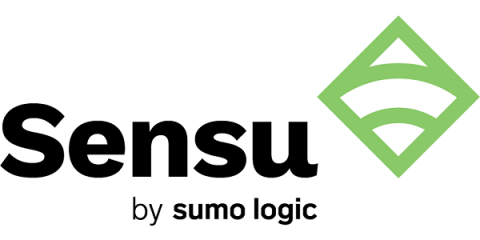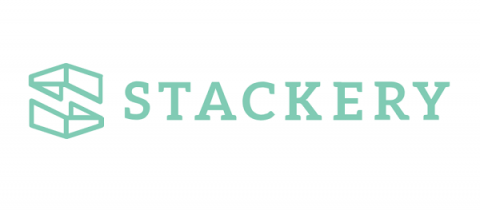Operations | Monitoring | ITSM | DevOps | Cloud
Latest News
Configuring YAML Files after Installing the ELK Stack
What is YAML? YAML is a readable data serialization language used frequently in configuration files for software; it stands for “Ain’t Markup Language.” This article will show you samples of YAML files (written .yml or .yaml) for the ELK Stack and other programs commonly used by DevOps team. And while some people love yaml and some hate it, it’s not going away.
Three Ways to Create Docker Images for Java
Long before Dockerfiles, Java developers worked with single deployment units (WARs, JARs, EARs, etc.). As you likely know by now, it is best practice to work in micro-services, deploying a small number of deployment units per JVM. Instead of one giant, monolithic application, you build your application such that each service can run on its own. This is where Docker comes in!
Enhancing Kubernetes Security with Pod Security Policies, Part 1
Kubernetes Pod Security Policies (PSPs) are a critical component of the Kubernetes security puzzle. Pod Security Policies are clusterwide resources that control security sensitive attributes of pod specification and are a mechanism to harden the security posture of your Kubernetes workloads. Kubernetes platform teams or cluster operators can leverage them to control pod creation and limit the capabilities available to specific users, groups or applications.
Artifactory Powers MicroEJ Forge IoT Application Store
Thousands of devices means thousands of software components, metadata items, and builds. Coordinating all that data for an Internet of Things system requires a binaries manager built for reliability and scale. That’s the challenge that faced MicroEJ, a software vendor of cost-driven solutions for embedded and IoT devices.
Software development best practices checklist: 5 tips for beginners
This is a guest post from Ava Franklin of GoodCore Software. No matter how high your aspirations, you need someone to guide you through the initial steps of your career. For developers who have just started taking up real projects, we have prepared a checklist of best programming practices recommended by software development industry experts.
Monitor cloud and external endpoints with Datadog DNS resolution
Your network is continuously becoming more complex. Whether you’re migrating to the cloud, deploying containers, or load balancing your applications, getting visibility into your network’s architecture is increasingly difficult—yet more important than ever.
Defer Mode in Azure Service Bus Queues and Topic Subscriptions
Question the Current Dogma - Is Kubernetes Hyper-Scale Necessary for Everyone?
This article was originally published on The New Stack Kubernetes in 2020 has become synonymous with the term cloud native and is also often used as a vehicle for vendors and IT organizations alike to claim they are transforming or modernizing their workloads. But what are they actually transforming? What is Kubernetes itself actually providing?
10 Great Reads and Listens If You Want to Learn About Cloud Cost
Whether it be a tweets about shocking AWS bills or the impact of cloud bills on tech company margins, cloud costs are a hot topic. If you're looking to get up to speed and learn a little more, check out this collection of podcasts, blogs, and articles.











